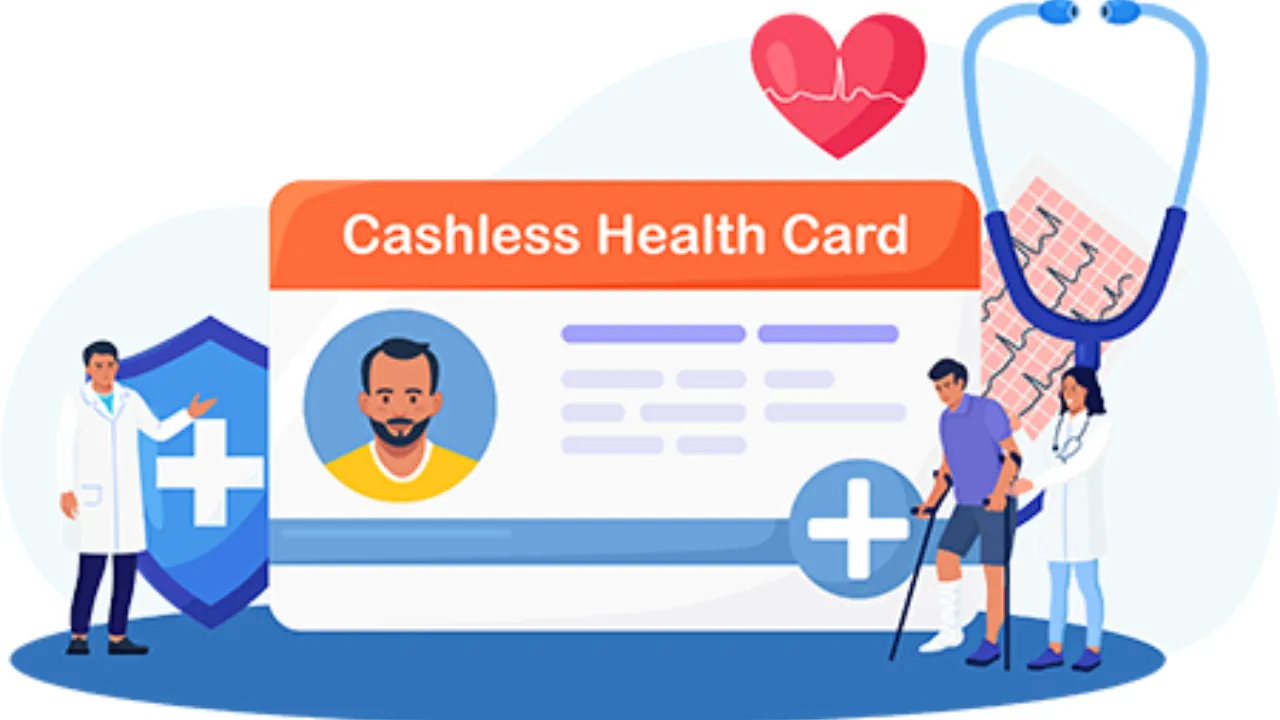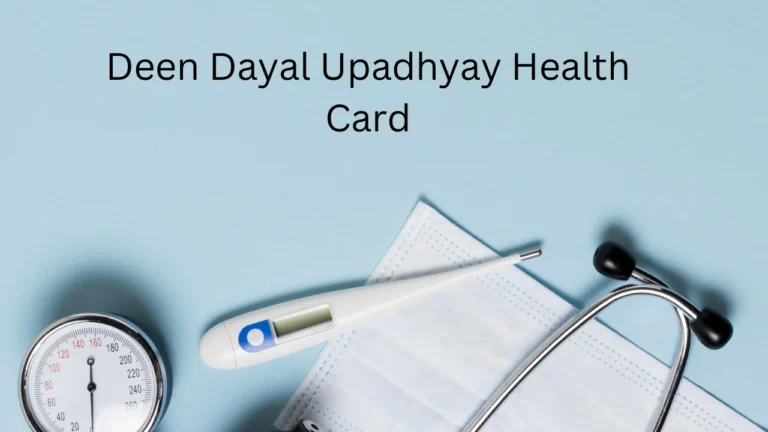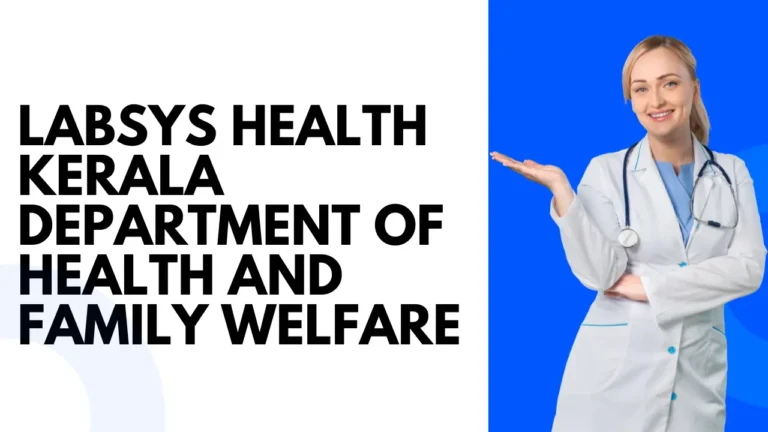Cashless Health Card: Healthcare Accessibility

Healthcare costs can often come as a surprise, causing stress during already difficult times. The introduction of the cashless health card has transformed how people manage medical expenses. This modern innovation ensures smooth access to healthcare without the immediate financial burden of paying out of pocket. Whether it’s a planned procedure or an emergency hospitalization, a health card provides invaluable peace of mind.
What is a Cashless Health Card?
A cashless health card is a service offered by health insurance companies that allows policyholders to receive medical treatment without having to pay upfront for expenses. Instead of the patient bearing the financial burden initially, the insurance provider directly settles the bill with the hospital. This facility is especially beneficial during emergencies, where quick access to treatment is crucial. However, the card’s benefits can only be availed at hospitals that are part of the insurer’s network. It simplifies the process of seeking medical care by eliminating the need for reimbursement claims, making healthcare more accessible and stress-free.
How a Cashless Health Card Works
The process of using a cashless health card is straightforward. Once a policyholder is admitted to a network hospital, they need to present their health card at the hospital’s insurance desk. The hospital then sends a pre-authorization request to the insurance provider, detailing the estimated costs and the reason for hospitalization. Once the insurer approves, the treatment begins without delay.
In emergencies, pre-authorization might not be possible beforehand. In such cases, hospitals and insurers work quickly to approve the cashless claim after admission. However, it’s important to note that not all treatments may be eligible for cashless coverage, and some policies might exclude certain conditions.
Benefits of Health Card
The cashless health card offers numerous advantages. First and foremost, it reduces the financial burden during medical emergencies. Patients and their families can focus on recovery instead of arranging funds. Additionally, the streamlined approval process ensures faster access to healthcare services.
Another key benefit is that it simplifies documentation. Unlike reimbursement claims, which require submitting bills and medical reports after treatment, cashless services involve minimal paperwork. Moreover, since the insurance provider handles payments directly with the hospital, policyholders don’t have to worry about delayed reimbursements.
Things to Consider Before Using
While health card is a powerful tool, there are some important factors to consider. Policyholders should always check the list of network hospitals to ensure they know where they can avail of cashless services. It’s also crucial to understand the terms and conditions of the policy, as some expenses might not be covered. Items like consumables, toiletries, and extra services could still require out-of-pocket payments.
Furthermore, the sum insured plays a significant role in determining how much coverage is available. If the medical expenses exceed the policy’s limit, the policyholder will need to pay the difference. Therefore, having a clear understanding of policy inclusions and exclusions is essential to avoid surprises during treatment.
Cashless Health Card vs. Reimbursement
One common question is how the health card differs from reimbursement-based health insurance. In reimbursement, the policyholder pays the hospital bill upfront and later claims the amount from the insurer. This requires submitting all bills, prescriptions, and reports, which can be time-consuming and stressful.
In contrast, health card eliminates the need for upfront payment. The insurance provider directly pays the hospital, making it a hassle-free experience. The cashless option is particularly useful in emergencies, where arranging funds might be challenging.
| Feature | Cashless Health Card | Reimbursement |
|---|---|---|
| Payment Process | Insurer pays hospital directly | Policyholder pays first, then claims |
| Documentation | Minimal during treatment | Extensive after treatment |
| Financial Stress | No upfront payment required | High due to initial payment |
| Convenience | Highly convenient | Less convenient |

Importance of Choosing the Right Insurance Provider
To make the most of health card, it’s vital to select the right insurance provider. Look for a company with an extensive network of hospitals, ensuring easy access to cashless treatment. Additionally, review customer feedback to understand how efficiently the insurer handles claims. Timely claim settlement is crucial, especially in emergencies.
Policyholders should also evaluate the coverage options provided by different insurers. A good policy should cover major expenses like room charges, doctor fees, diagnostic tests, and post-hospitalization care. Comparing multiple plans will help individuals choose one that best suits their needs.
Types of Medical Expenses Covered
A cashless health card typically covers a wide range of medical expenses, which may vary depending on the specific insurance policy. Commonly covered expenses include:
- Hospitalization Costs: Room rent, ICU charges, and nursing fees.
- Surgical Expenses: Costs for procedures, anesthesia, and surgical tools.
- Doctor and Specialist Fees: Consultation and medical advice fees.
- Diagnostic Tests: Blood tests, X-rays, MRIs, and other required investigations.
- Medicines and Treatment Supplies: Medicines administered during the hospital stay.
Role of Network Hospitals in Cashless Treatment
Network hospitals play a crucial role in enabling the benefits of health card. These hospitals have agreements with insurance providers to offer cashless treatment to policyholders. When a patient visits a network hospital, the insurance company directly pays the hospital for eligible medical expenses, eliminating the need for the patient to handle payments.
Network hospitals ensure a seamless process for cashless claims. They have dedicated insurance desks to handle documentation and coordinate with the insurer for claim approval. This system speeds up the treatment process, especially in emergencies, as patients don’t have to worry about arranging funds.
Also Read: Wellhealthorganic.com : Key Signs of Gastroenteritis Guide
Common Misconceptions
Many people believe that using health card means zero expenses, but this isn’t entirely true. While it covers most major costs, certain expenses like personal items, administrative fees, or specific treatments may not be included. It’s important to read the policy documents carefully to avoid misunderstandings.
Another misconception is that cashless services are available at all hospitals. In reality, they’re limited to the insurer’s network hospitals. Always check the hospital list in advance to ensure eligibility for cashless treatment.
Also Read: HLF Fitness Guide to Health and Wellness
How to Check if Your Hospital is Networked
To use a cashless health card, you need to ensure that the hospital where you plan to receive treatment is part of your insurer’s network. Checking if your hospital is networked is simple.
- Visit the Insurance Provider’s Website: Most insurers have a “network hospitals” section where you can search by city, hospital name, or specialty.
- Mobile App: Many insurance companies provide mobile apps that allow you to locate nearby network hospitals.
- Customer Support: You can contact the insurer’s customer service team to confirm whether a specific hospital is part of their network.
- Hospital Insurance Desk: You can also inquire directly at the hospital’s insurance desk, as they usually have updated lists of the insurers they work with.
Also Read: The Intersection of Health Sciences and Geography Reading Answers
Potential of Cashless Health Cards
As healthcare technology evolves, the health card is likely to become even more user-friendly. Insurers are introducing mobile apps that allow policyholders to check hospital networks, initiate claims, and track approvals in real time. These advancements are set to make healthcare more accessible and efficient for everyone.
In conclusion, health card is a game-changer in healthcare, offering convenience, financial relief, and peace of mind during medical emergencies. By understanding its benefits and limitations, individuals can use it effectively to secure timely and hassle-free treatment.
Also Read: Introduction to the Pandit Deendayal Upadhyay Health Card
Conclusion
A cashless health card has become an indispensable tool in modern healthcare. It offers financial relief during medical emergencies, simplifies the hospitalization process, and eliminates the stress of arranging funds upfront. With its ability to provide hassle-free treatment at network hospitals, it ensures that patients can focus solely on recovery without worrying about bills.
Whether it’s a planned procedure or an unforeseen emergency, having health card can be a lifesaver. By understanding how to apply for it, knowing the types of expenses covered, and identifying network hospitals, you can fully leverage its benefits. Investing in a good health insurance policy with a cashless feature is a step toward securing both your health and financial stability. In today’s fast-paced world, where medical costs are rising, health card is not just a convenience—it’s a necessity.
Also Read: Wellhealthorganic Vitamin B12: A Comprehensive Guide






